Thanks to a tardy diva, this week I saw Beyoncé’s Formation Tour at Citi Field and ABT’s new production of The Golden Cockerel at the Met Opera House within a fourteen hour time span. Who knew the leads in both productions would be sporting the same look? Who wore it better? Queen Bey, bien sûr.
After waiting around for hours for Beyonce’s set to begin on Tuesday night, there was no way I was going to be stuck sitting in my seat early for the Wednesday matinee. Alas, I overestimated the MTA, which was running as late as the diva during an afternoon thunderstorm, and I didn’t have any time to read the ballet’s synopsis before it began. Boy was I lost! The Golden Cockerel has a convoluted history as a politically banished opera (1909) and a one-act ballet (1914), with a literary provenance involving Pushkin (1834) rewriting Washington Irving (1832). This all sounded intriguing to me, unfortunately the results were not. ABT’s new production is a revival of Alexei Ratmansky’s 2012 resurrection of the piece for the Royal Danish Ballet. The original ballet for the Ballet Russe de Monte Carlo (which was Fokine’s last choreographic effort) was a one act, 45 minute affair. Ratmansky chose to flesh out the ballet using more of the score from Rimsky-Korsakov's 1909 opera so that it became a full-length vehicle, which was a problem.
The lavish sets and costumes, by Richard Hudson after Natalia Goncharova’s Ballet Russe designs, were wonderful: folksy, vivid, whimsical. But great sets and costumes alone are not enough to make a great ballet; they can make for a great fashion show, sure, but those usually last around 15 minutes tops. The ballet had enough set changes, giant puppets, swirling skirts, and elaborate scrims to fuel a 45 minute piece, certainly, but not more. I will not attempt to summarize the plot here, because I’m still a little confused even though I have the program open in front of me now. Also, it was so dumb I couldn’t really care. But I was baffled at intermission when I finally got to check out the program and realized that the man galumphing around in the grey wizard beard was James Whiteside. I thought he was supposed to be the male dancing lead? He must change into ballet shoes for the second act, I assumed. No such luck. Although James looked like he was enjoying the chance to play against type, this bit of casting did nothing for me.
Hee Seo danced the lead role of the seductress Queen Shemakhan with her usual loveliness. Her beautiful, melting port de bras was appropriately erotic but her character made absolutely no sense and was more of a placeholder. That was too bad, because I have seen her excel in Ratmanksy pieces before—particularly Seven Sonatas--and their pairing was one of the reasons I chose to see this production. Perhaps, since Ratmanksy went to the trouble of lengthening a thin premise anyway, her motives and storyline could have been elaborated to better effect.
As it was, the story revolved mainly around the doddering Tsar Dodon—a character role inhabited well enough by Roman Zhurbin—and his foibles as a ruler. His princely sons got the most dancing in the production and were therefore the highlight of the show, even though they died in battle at the beginning of the second act. Arron Scott and Alexandre Hammoudi danced these roles well, and their solos had some interesting circus-like aspects to them (like splits and cartwheels) that fit nicely into the cartoonish vibe of the production.
And what of the title role? Sarah Lane’s Golden Cockerel was technically strong and engaging, but the part felt too much like a cameo appearance. Her first entrance with James Whiteside in the Tsar’s palace was the most choreographically innovative section of the ballet and I had high hopes. She performed prickly bent leg toe-hops, and I liked how she repeatedly folded to a kneeling position on the floor like a mechanical doll. But that was basically her whole gig. Even as my mind wandered during the second act (I haven’t been that bored at the ballet in a long while) from which she was largely absent, I was excited for her to peck the Tsar to death in the finale. I thought that would be so cool, a sort of feminist vindication for all of the tragic-avian heroines in the history of ballet: Odette and her coterie, the Firebird, the Nightingale.
Sadly, in the brief, murderous scene, Lane was shuttled around by two men in cumbersome black cloaks (the dead princes doing double duty—maybe black or gold unitards would have been subtler?) so she could perch and peck on the Tsar’s shoulders for a second before being carried offstage. What a letdown—so much for ladybird empowerment! In general, there were far too many females being wheelbarrowed around the stage by two men in this production. Hee Seo and Sarah Lane were repeatedly dragged around by Zhurbin and Whiteside, or Scott and Hammoudi. In Act II Devon Teuscher was also shoveled along by Calvin Royal III and Jose Sebastien in a weird bit that felt tacked on. They seemed like they were there just to showcase very long, Pierrot-like sleeves.
At the end, the James Whiteside character explained—much like Puck in his “If we shadows have offended” passage at the end of A Midsummer Night’s Dream (both the play and the Balanchine ballet)—that the whole thing had been made up. He walked past clock-like, tic-toc motion vignettes of the main characters in the story to prove his point. There was Craig Salstein as some sort of henchman, Tatiana Ratmansky as a busybody housekeeper, the long-sleeved trio, and the two princes stabbing each other in the stomach back and forth. Wait, what? Did they kill each other? The program said they died defending their father’s kingdom in battle. If they had a Cain and Abel backstory going on I’d definitely have been more interested in that!
The Golden Cockerel made me understand anew why Balanchine pared down so many of the old story ballets into dance-heavy one-acts: like his Swan Lake, and especially, his sumptuous, Chagall-designed Firebird (with which The Golden Cockerel shared many similarities, and which dates from roughly the same era). It was a shame that ABT spent so much money on the production, for the audience buzz was not favorable during intermission or afterwards. “Where was the dancing?” people kept asking. “What was going on?” was the main query on the bathroom line. At least it took me only half an hour to get home, instead of the two-hour odyssey I had back from Queens the night before! More on that experience next time…
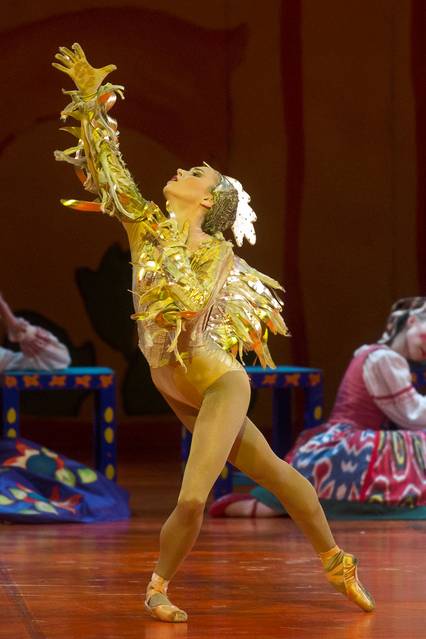
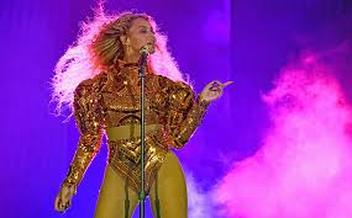
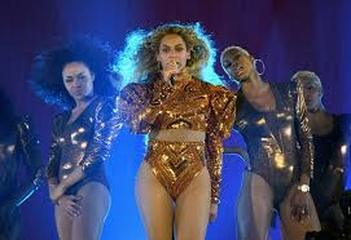
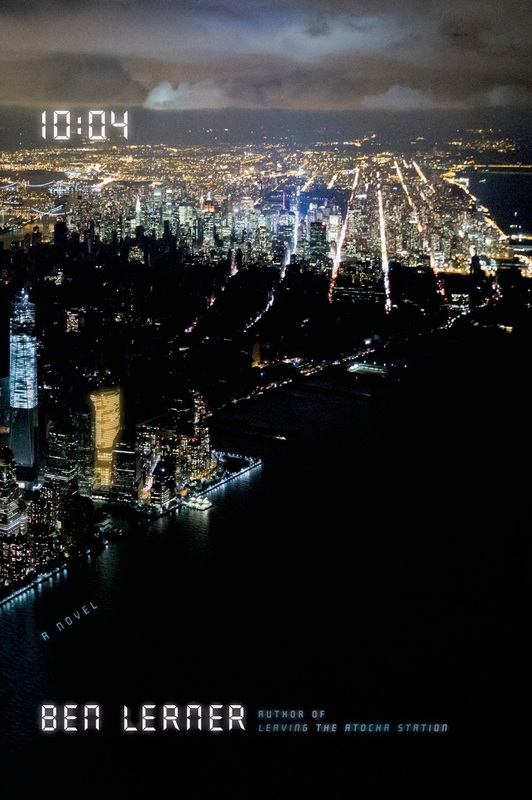
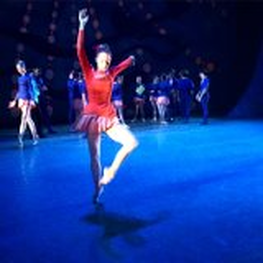
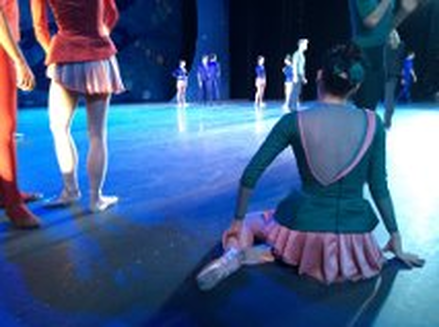
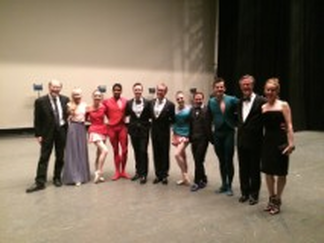
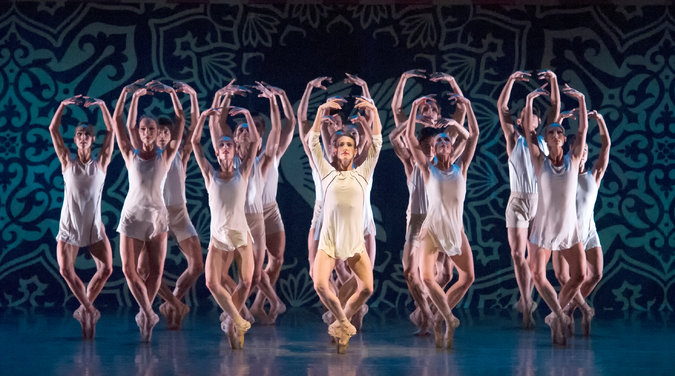
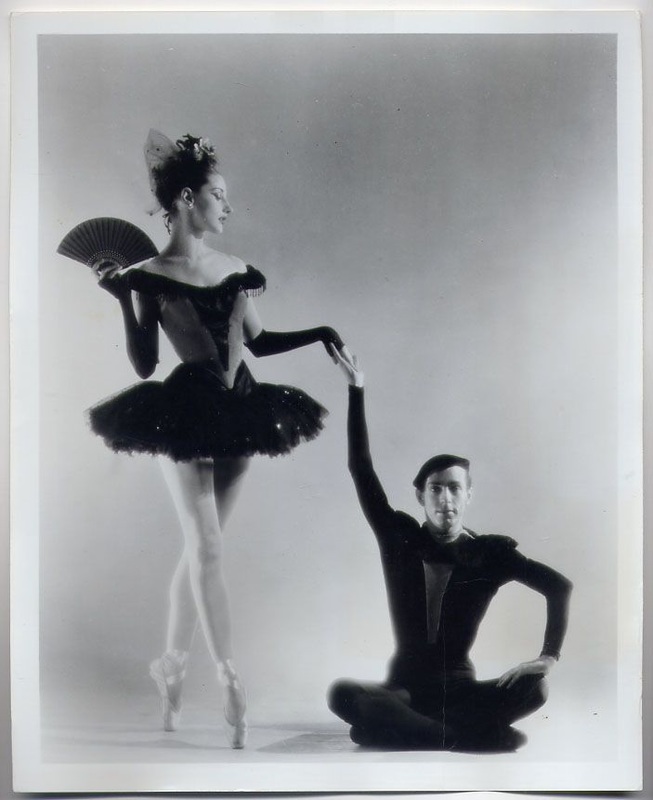
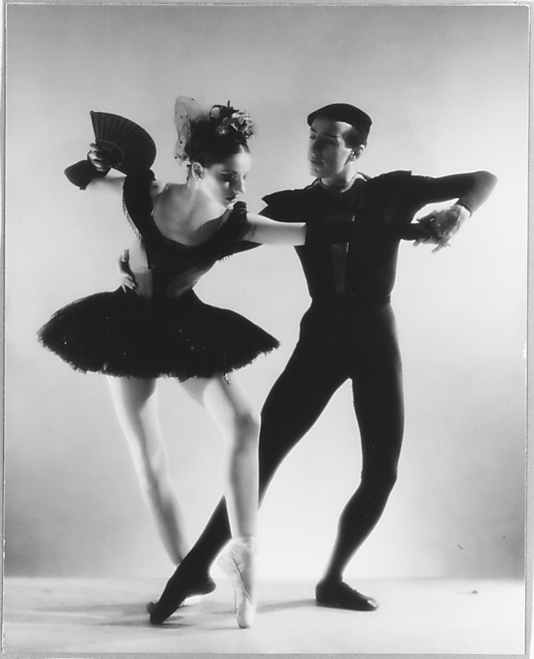
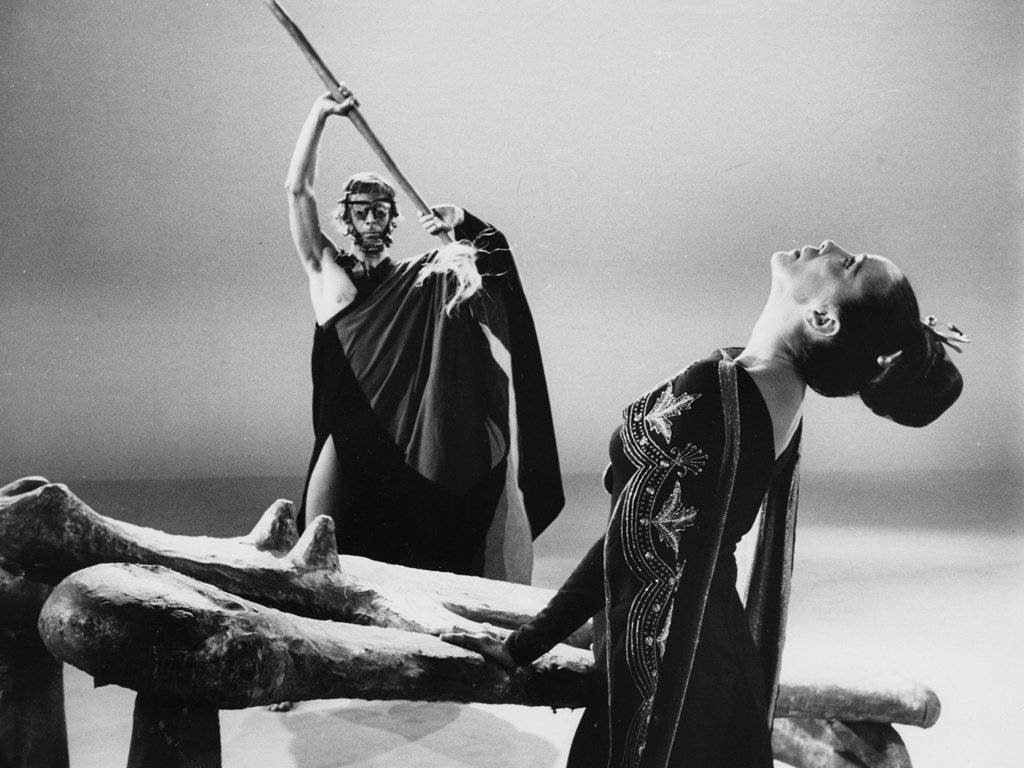
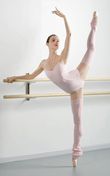
 RSS Feed
RSS Feed